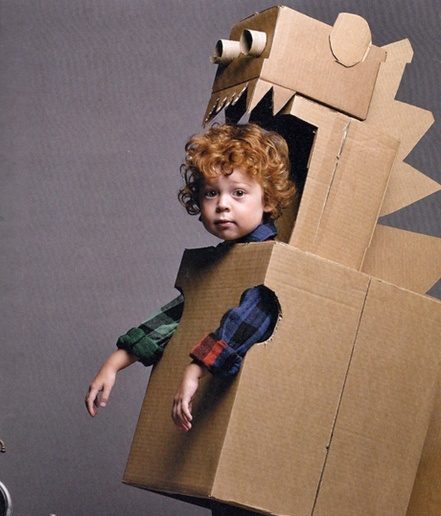Einstein once said that if you judge a fish by its ability to climb a tree, it will live its whole life thinking that it’s a failure. The same goes for academics. Students learn and process information differently and if your child doesn’t process information in the way that it is presented in the classroom, they too may think that they’re a failure.
What if all your child needs to do is to learn to convert information into a format that they can process easily? Sure, you can put the onus on the teacher to present the information in different ways, but with crowded classrooms and so many different learning styles, it’s impossible to fulfill everyone’s needs.
Luckily, help is at hand. Start by determining what kind of learner your child is. Most children have a preference for one kind of learning but can manage a mix of styles.
Visual learners
These kinds of learners like videos, pictures, charts, infographics and information displayed in a visual medium. When presenting information or new concepts, search for educational videos on the internet or explain using graphs, charts and drawings.
These kinds of learners can really benefit from creating mind maps when they are studying. You can also ask them to record their lectures and experiments so that they can watch these again when preparing for exams. Learn all about mind maps by following the link here.
Auditory learners
Good listeners, these students like to attend lectures and can benefit from reading aloud when they study. They can download webinars and podcasts from the internet and will do well in more traditional classrooms settings. They like to talk and discuss so don’t stick them in front of a textbook when they are learning. Let them explain things to you and talk about topics that might come up in exams
Auditory learners will benefit from recording their lectures and lessons.
Tactile learners
Motion learning and lessons that involve action are the best way to teach these kinds of learners. They like to do experiments, make observations and record their findings. They are great with measuring and field trips and love to build models. If, for example, you are teaching geometry to tactile learners, get them to measure angles on their desk and find missing values.
If you aren’t sure what kind of learner your child is, then ask your tutor to help. They can test your child to find their learning style and then present information in a way that makes it easy for your child to understand. Tutors can also teach your child the study methods and skills they need to convert information into usable formats so that they can continue to study on their own. You can search for a tutor near you here.


